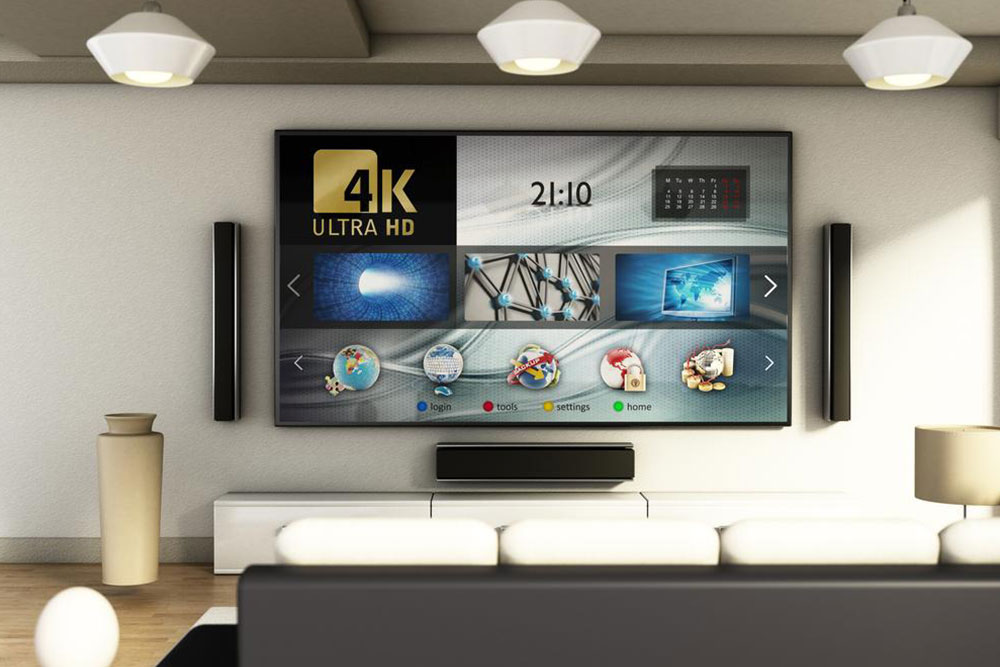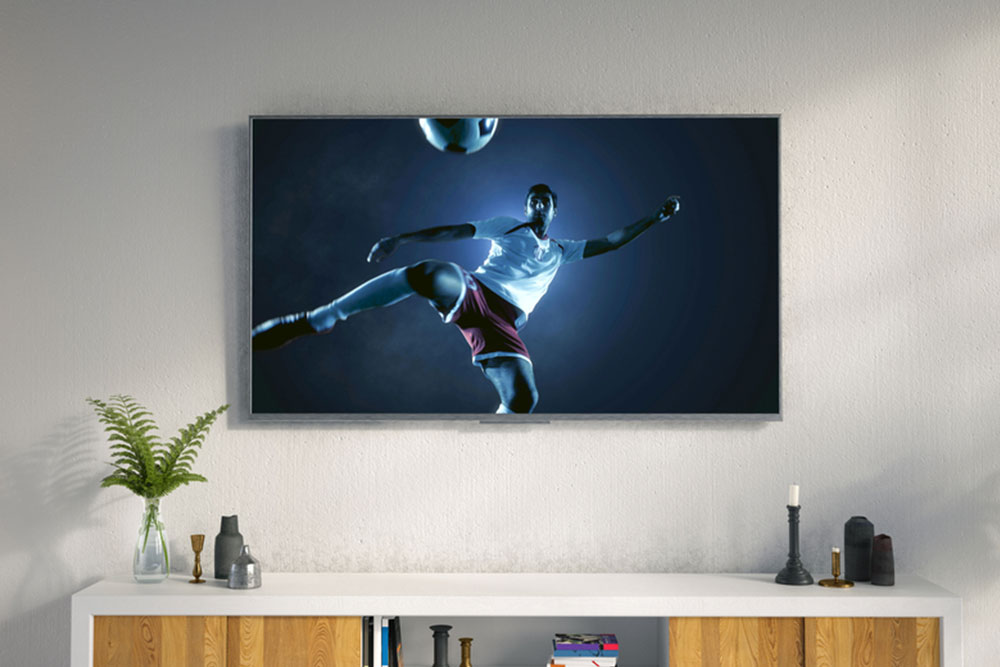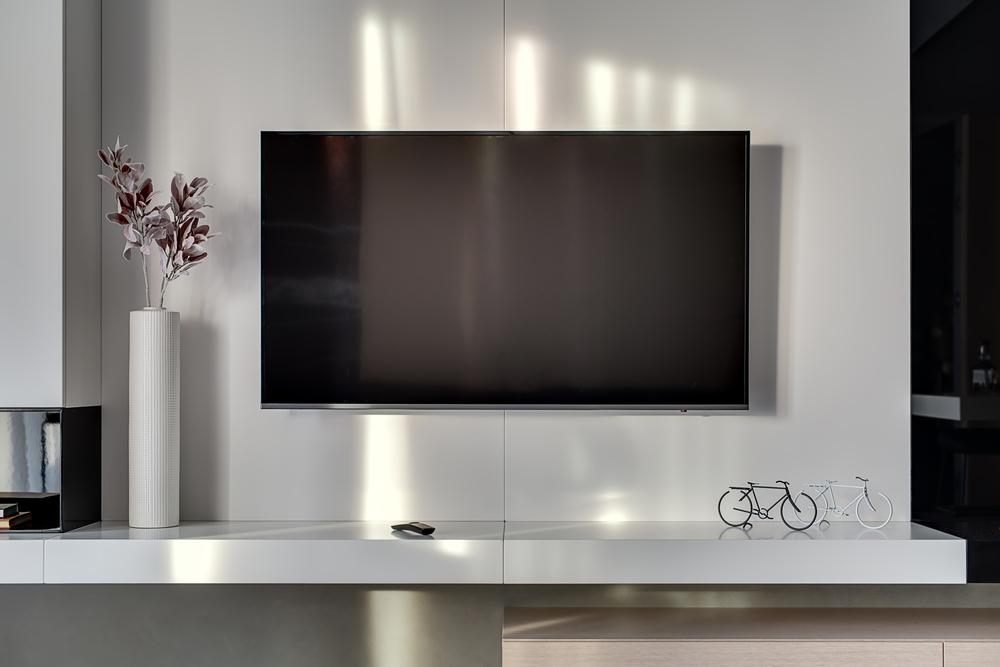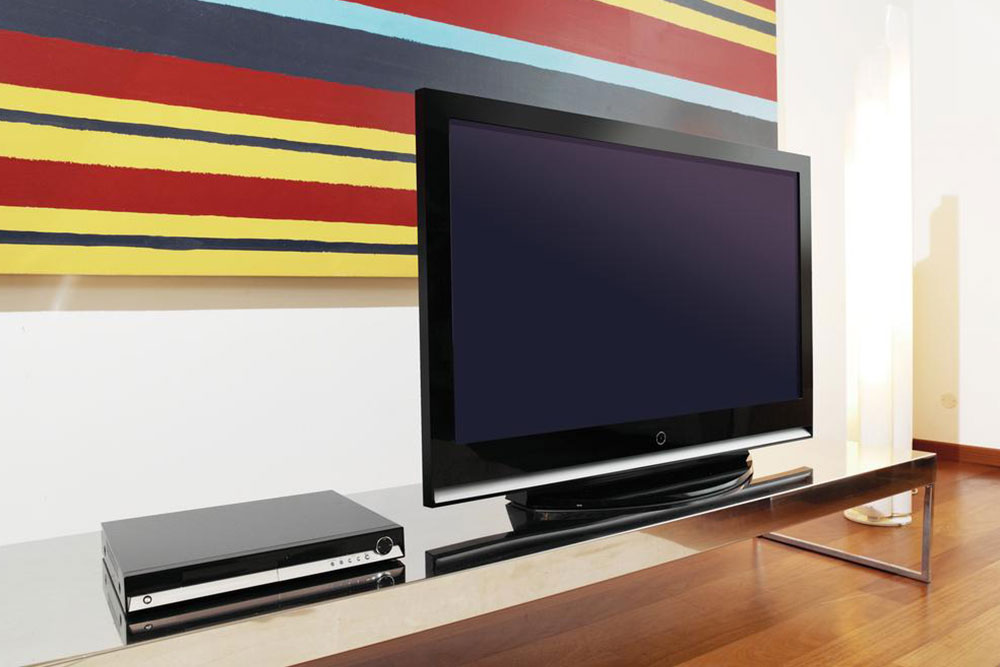A Comprehensive Guide to the Rise and Fall of 3D Televisions
Explore the history of 3D TVs, their innovative features, reasons for decline, and the top models from the past. Learn why 3D technology was revolutionary but eventually phased out in favor of 4K ultra HD displays. Understand market trends and what to consider if you still want to find a 3D TV in the second-hand market.

Understanding 3D TVs and Why They've Lost Popularity
Modern televisions have transformed entertainment, allowing internet browsing, streaming, and seamless device connectivity. Among these innovations, 3D TVs once offered an immersive viewing experience, bringing depth to home entertainment. However, these models are now obsolete, replaced by 4K TVs with enhanced features. If you're considering purchasing a 3D TV today, be aware that recent models are scarce, and many available units are refurbished or outdated.
Although 3D TVs were once high-end options with glasses and specialized technology, their market decline stems from limited 3D content and the inconvenience of wearing glasses. Their high cost and lack of widespread content made them less appealing over time. Popular models like the Hisense 55T710DW and LG 55LB7200 catered to consumers between 2012 and 2015 and can be found second-hand today.
Key Models Historically Popular:
Hisense 55T710DW: Features smart connectivity, LED display, Wi-Fi, and four HDMI ports, retailing around $1,165.
LG 55LB7200: 55-inch display, local dimming, lightweight glasses, priced approximately at $1,599.
Note: Our content offers insight into the evolution of television technology. For detailed buying advice, check local stores or online deals, as availability and prices can vary. Please consider that this overview is informational and may not reflect the most current market offers.










